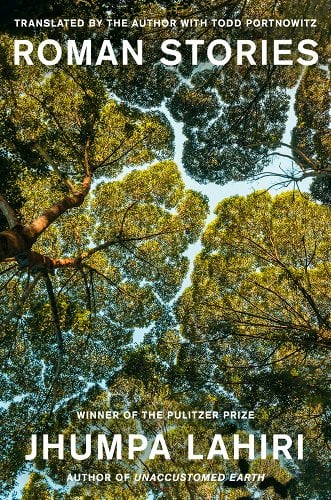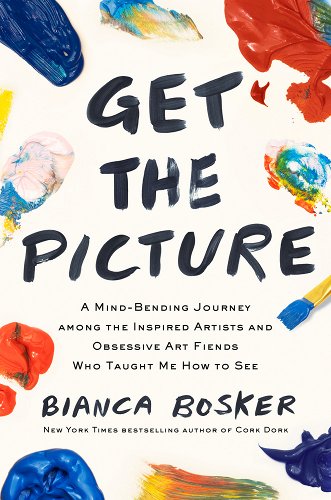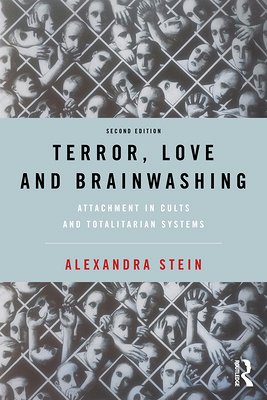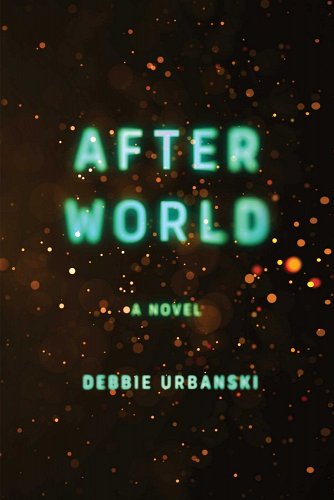0 Comments
A solemn person is facing the camera holding something, with what is clearly the back of said object facing the viewer. The object is then turned around, and an artwork is revealed. The person smiles.
That's it. That is the trend. That thousands of artists participated in. Because it gained traction in the algorithm. But does a trend like this actually help an artist? Does a trend like this help culture? This trend is the absolute minimum. It is inane and devalues the work. It devalues the artist. The rage and disappointment I feel everytime I see another artist participating is extreme. Algorithms work because of the content used to feed them. I wonder what it would be like if artists shared their own unique expressions? The metric would change. The algorithm would adapt to the people instead of the people capitulating to the machine. I encourage every artist to carefully consider their participation in these trends. And offer the world your distinct perspective. Some books I read and know "Oh this book is for me." Others I read and think this book would be excellent for conversation. The books that I am recommending this month are all decidedly in the second category. As such instead of summaries I am including a discussion prompt with each book title.
Return to Nature: The New Science of How Natural Landscapes Restore Us Emma Loewe How do you interact with the natural world? Where do you notice it most frequently? Instructions for Traveling West: Poems Joy Sullivan What is your "traveling west" story? The Book Collectors: A Band of Syrian Rebels and the Stories That Carried Them Through a War Delphine Minoui How do you see your actions as connected to the lives of others? What is the role of books in your life? The Unreality of Memory: And Other Essays Elisa Gabbert How do you experience recollection? The Power of Ritual: Turning Everyday Activities Into Soulful Practices Casper ter Kuile What are some of your rituals? Mako and I recorded this conversation for you in which we discuss the regulating effects of birdsong, the nuance of the prophetic and what it is to construct temporal art.
It has been a year of discussions with a wonderful group of women who have informed and challenged so much of who I am and what I do. For this I give thanks! Included below is the list of books we read. We gathered weekly to reflect and challenge content and interpretation. It was a rather strict gathering in that we began promptly and talked about the book for 75 minutes (then there was time to talk about other things). We got lax on this towards the end of our year (when some big life events occured), but really jumping right into the book content from the beginning helped this group to make it a reflective textually engaging space. I highly recommend gathering some others and doing the same!
Our groups favorite reads where "How to Do Nothing" by Jenny Odell, "Rage Becomes Her" by Soraya Chemaly an "The Perfectionist's Guide to Losing Control by Katherine Morgan-Schafler. These well-researched books provided ample content for discussion and reflection.
I read 36 books in May and these are the one's that I can universally recommend. They each offer perspective and insight into human existence in this moment. As someone that grew up in a road construction family Goldfarb's book on roads and how they shape not only human experience, but animal existence was a necessary mirror and an insightful read for all seeking to understand human impact on natural habitat. The essay collection "We are in the Middle of Forever" is an exquisite collection of interviews conducted during the early years of the pandemic by members of the Indigenous community and it provides distinct perspectives on our place in time and climate change. Gay's Delights (another essay collection) is truly delightful. He shares the myriad things he finds delight in over the course of a year with grace and humor. Fourteen Days is a collaborative novel expertly pieced together by Margaret Atwood and Douglas Preston. It is an insightful look into the formation of community and the connective power of storytelling.
I had the opportunity to talk with Mako Fujimura about the necessity and possibility that comes from the use of metaphoric and literal negative spaces. Mako artfully illustrates for viewers how the essence of things can be defined. He also references the essay series by Jared Stacy which can be found on the IAM Culture Care website. Please watch and consider how time and space can intersect in generative ways in your sphere of influence.
These are my standout reads from April. Each of them shares a different facet of the human experince. They are strikingly direct in their myriad ways and are not for the faint-hearted. Roman Stories by Jhumpa Lahiri
The quality of this prose stands out! There is something so real about Lahiri's descriptions, like looking thru a film camera. Get the Picture: A Mind-Bending Journey Among the Inspired Artists and Obsessive Art Fiends Who Taught Me How to See by Bianca Bosker An investigative journalists experience with the art world on an honest quest to understand art. Terror, Love and Brainwashing: Attachment in Cults and Totalitarian Systems by Alexandra Stein An excellent unflinching guide to relationships and how they are utilized by controlling systems. After World by Debbie Urbanski The structure of this book adds so much to the specific prose style. It is thoroughly integrated with human and sentient AI voices and explores the experience of the last living human from a first person narrative. All of these books can be found at my affiliate link here. |


















